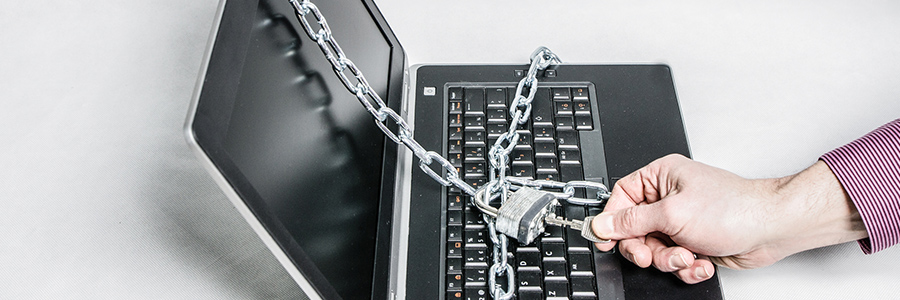How much do you trust your employees when it comes to keeping your data safe? While you might trust them to some degree, you may have doubts about how well they adhere to cybersecurity best practices.
And you would be right — insider attacks are one of the biggest threats to business cybersecurity today. In fact, according to the 2020 Verizon Data Breach Investigations Report, about one-third of data breaches are caused by internal actors, such as current and former employees, business partners, or board members. To prevent internal actors from causing data breaches, it’s a good idea to implement the zero trust security framework.
What is zero trust?
Zero trust is a cybersecurity concept developed by John Kindervag, Field Chief Technology Officer at Palo Alto Networks. It requires everyone accessing your resources and network to be authorized, authenticated, and regularly validated before being given access to sensitive information.
But this doesn’t mean that you should completely distrust your employees. Zero trust only requires organizations to be careful about the people they provide access to their applications and sensitive data. This involves verifying their identities and credentials, and authorizing and encrypting every access request they submit.
What are the core principles of zero trust?
Reinforce your business's cyber defenses by incorporating these zero trust principles into your security policies:
1. Review all default access controls
Cybercriminals typically target accounts with unrestricted access to healthcare systems and data. An attacker can steal an employee's login credentials and use these to gain access to private patient information, which can be sold on the black market or used to commit identity or financial fraud. Limiting the information your employees can access to merely what their role requires can significantly reduce this risk.
2. Use preventive measures
There are various preventive techniques under the zero trust model that healthcare organizations can take advantage of, such as:
- Multifactor authentication (MFA). MFA is a security feature that requires employees to present two or more pieces of their identity when logging in to your company's network. This falls into three categories: something they know (such as their password or PIN), something they have (such as their smartphone), and something unique to themselves (such as their fingerprint or facial features). With MFA, even if an attacker steals a user’s password, they won’t be able to access the account without fulfilling the subsequent authentication requirements.
- Principle of least privilege (POLP). Also known as the principle of least authority, POLP requires that every user, process, or program must be able to access only the information and resources they need to perform their legitimate purpose. This means that an employee in charge of advertising your healthcare organization online must not have access to patient information, preventing them from obtaining data outside of their job function.
- Microsegmentation. This is a security technique that divides your IT infrastructure into small zones so that workloads can be separated and secured individually. This means that if one of your zones are breached, the attacker won’t be able to move to another zone because their access privileges are limited to that zone only.
- Endpoint management. Endpoint management keeps unauthorized devices out of your network and ensures that permitted ones are consistently patched and updated to prevent attacks.
A mobile device management solution like Microsoft Intune, for example, requires your healthcare staff to register all personal and company-provided mobile devices they use to access your systems. Intune’s centralized admin console lets you easily monitor registered devices and deploy software patches to ensure that these devices are always updated and protected.
- Data loss prevention (DLP). Sometimes, data can be stolen from inside your organization, be it by disgruntled employees, corporate spies, or by hackers who have taken over legitimate user accounts. Thankfully, data exfiltration and other similar actions can be detected and prevented by DLP software.
DLP software can also classify business-critical data and identify violations of compliance requirements such as those set by the Health Insurance Portability and Accountability Act and Health Information Technology for Economic and Clinical Health Act. It then suggests the necessary actions to take to prevent data loss or other incidents that could compromise the security of your practice.
3. Implement real-time monitoring solutions
Real-time network monitoring tools allow healthcare companies to improve their breakout time, or the time it takes an attacker to move from one part of an infiltrated network to other areas in the network. Real-time monitoring can detect, analyze, and log all network activity to identify where malicious activity could be happening, allowing IT teams to respond to threats faster.
Interested in implementing a zero trust security framework for your healthcare organization? Partner with Healthy IT! To learn more about reducing the risk of data breaches for your healthcare practice, schedule a FREE consultation with us today.


